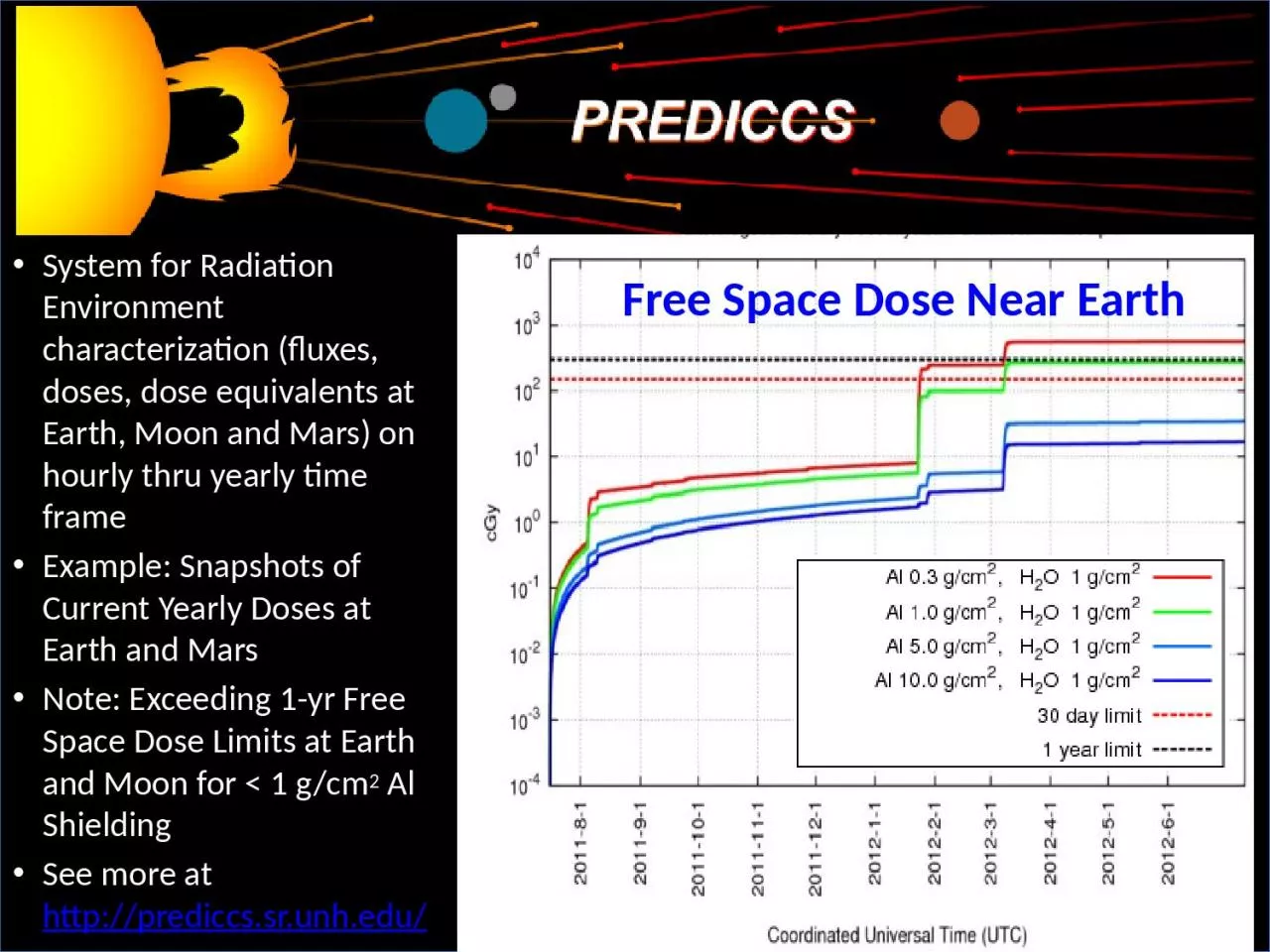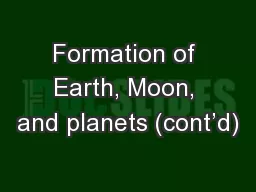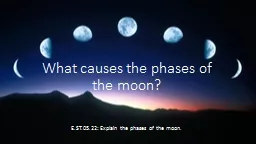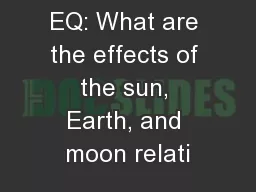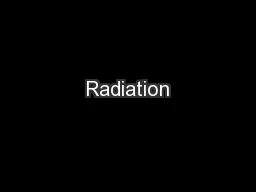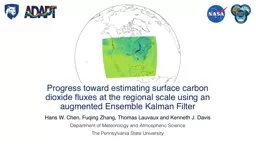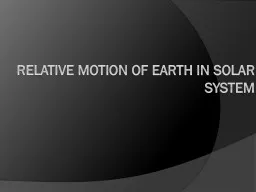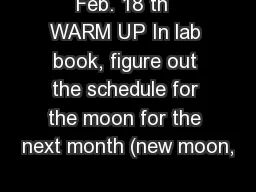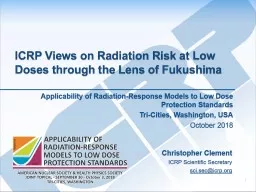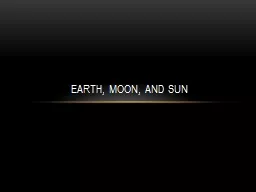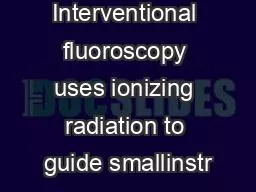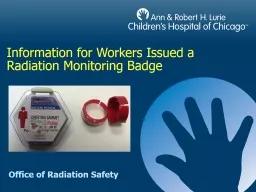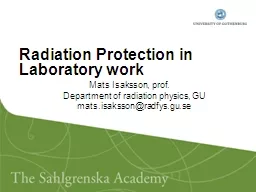PPT-System for Radiation Environment characterization (fluxes, doses, dose equivalents at
Author : elysha | Published Date : 2023-10-26
Example Snapshots of Current Yearly Doses at Earth and Mars Note Exceeding 1yr Free Space Dose Limits at Earth and Moon for lt 1 gcm 2 Al Shielding See more at
Presentation Embed Code
Download Presentation
Download Presentation The PPT/PDF document "System for Radiation Environment charact..." is the property of its rightful owner. Permission is granted to download and print the materials on this website for personal, non-commercial use only, and to display it on your personal computer provided you do not modify the materials and that you retain all copyright notices contained in the materials. By downloading content from our website, you accept the terms of this agreement.
System for Radiation Environment characterization (fluxes, doses, dose equivalents at: Transcript
Download Rules Of Document
"System for Radiation Environment characterization (fluxes, doses, dose equivalents at"The content belongs to its owner. You may download and print it for personal use, without modification, and keep all copyright notices. By downloading, you agree to these terms.
Related Documents

